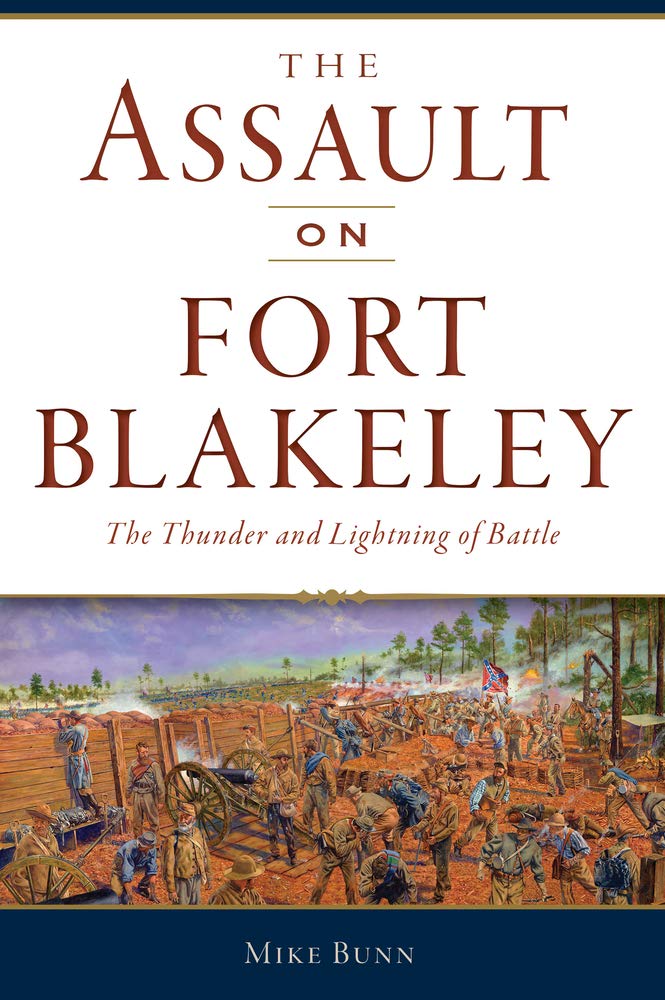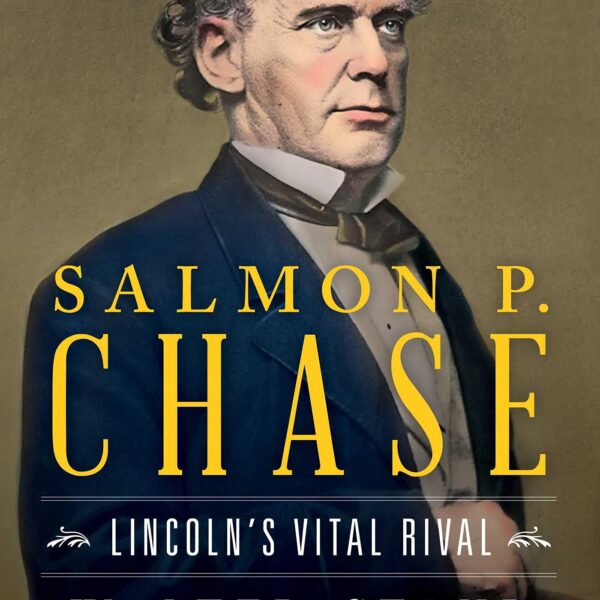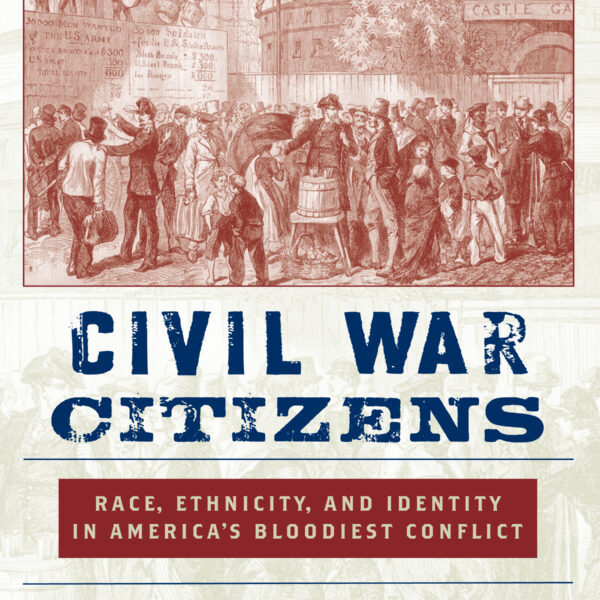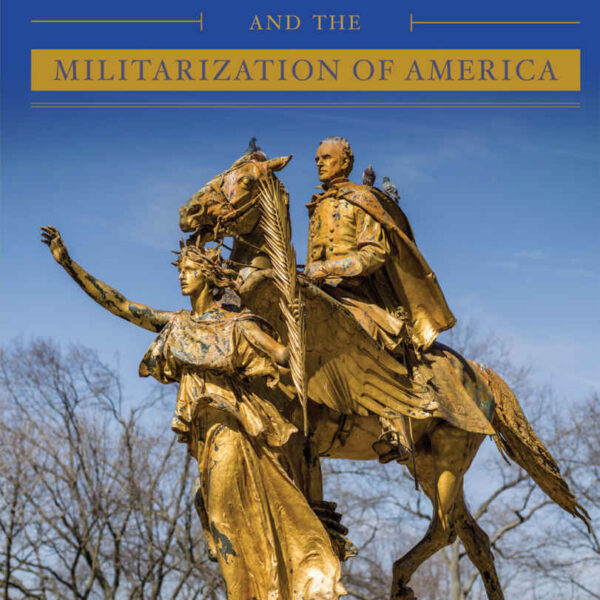In the four years of the Civil War, Mobile, Alabama, made itself into the best defended city in the Confederacy. Its three lines of land defenses and the multitude of torpedoes (floating mines) in its near waters turned it into a bearcat to try to capture.
The idea of capturing it was part of Union campaign strategies earlier in the war. But the mobilization necessary to do the job simply couldn’t be mustered. By late 1864 every other major Confederate port city had fallen. All signs pointed to the coming end of the war and the defeat of the Confederacy. In early August 1864 Union Admiral David Farragut had run the two forts—Morgan and Gaines—guarding the entrance to the 30-mile long Mobile Bay and captured its waters. But there was no way he could capture the heavily armored city itself.
It could only be done by an army on land. Taking it from the west or north looked out of the question. The only feasible way to capture this elephant seemed to be from the relatively less protected east.
In April 1865, seven months after Farragut had stormed the bay, a 32,000-man Union army had finally been collected—half of it at Pensacola—ready to march to Mobile from the east. The other half of this juggernaut was collected in already captured Forts Morgan and Gaines, ready to attack Spanish Fort, one of two works guarding Mobile’s east side. The most formidable of the two forts was Blakeley, a few miles north of Spanish Fort. Blakeley was the target in the crosshairs of the 16,000-man strong Union force waiting in Pensacola. Among them were Black soldiers—one of the largest concentrations of them to take part in any battle of the war. The rebel force facing this double onslaught numbered but 9,000 men.
The march to Blakeley, its siege, its assault by the Union behemoth are the subject of Mike Dunn’s fact-packed, authoritative, and amply illustrated book. He has fashioned it into more than just an historical account of the campaign; it serves also as a guide to the site for today’s tourists. Another aspect of the book that is different is various sections given over entirely to first-hand accounts by the soldiers themselves, federal and Confederate.
The march itself was no walk in the park. Rain that been falling had finally ended. Then the misery started. One Union soldier said his passage was over “the worst country I ever saw for an army to march through.” Brigadier General John B. Hawkins said, “The march was a severe one on the men, being attended with constant labor, making corduroy roads to get the wagons through the almost impassible swamps.” An Illinois soldier testified that, “wagons sank in the sand to the hub.” Soldiers then had to drag them out.
Arriving in front of Fort Blakely, the Union soldiers, shovels in hand, laid on a siege that turned into twenty-four-hour-long firefights for a solid week. On April 8, the other Union contingent from Forts Morgan and Gaines, after its own siege, stormed Spanish Fort and captured it.
The next day after, at 5:45 in the evening, April 9, an overwhelming wave of 15,000 Union soldiers dropped their shovels and launched their own attack on Fort Blakeley.
It was full of peril getting there. A Union sergeant pointed out that Fort Blakely, “had all manner of obstructions known…for killing, maiming and obstructing progress.” It was a deadly obstacle course over scores of landmines buried in the sand, double lines of sharp-pointed abatis, fallen timber cut down and laid in every direction, and telegraph wire stretched from stump to stump. But the attacking wave plowed through it all into the fort itself.
In the embattlements it was, as one officer said, “blue and gray…all mixed together in hand-to-hand fighting.” But the fight was so overwhelmingly one sided that it lasted only twenty minutes. A Union colonel exulted, “The last defense of Mobile was ours; the last victory won, just as the sun was sinking in the west.”
Bunn’s book is devoid of descriptions of the siege and attack on Spanish Fort. It is a work centering exclusively on Fort Blakeley, and never pretends to be anything else. Bunn is the director of Historic Blakeley State Park. One of its merits, therefore, is that it is about as close to being from the horse’s mouth at as you are likely to get.
John C. Waugh is the author of many books on the Civil War era, including The Class of 1846 and Last Stand at Mobile.





